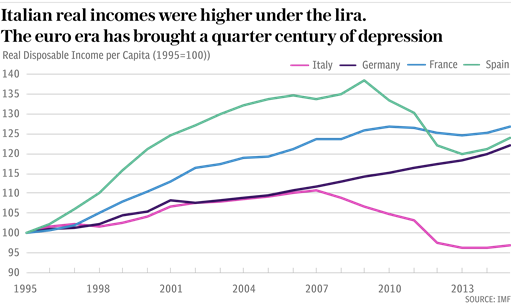The relationship between the credit cycle and equity markets is well established. The credit cycle has its foundation in bank credit, which expands while economic conditions first recover, then improve, and finally are backed by widening confidence. Bankers are caught up in this changing sentiment, starting with lending caution, increasing confidence in the trading outlook, and finally competing for loans, perhaps targeting rival banks’ customers or lending to businesses and business sectors to build future banking relationships.
This ends with banks cutting their margins to attract business, inevitably fuelling malinvestments. And their balance sheets become highly leveraged in the process. Inevitably, the application of bank credit for other than purely productive purposes fuelling price and wage inflation, undermining business plans, and leading borrowers to demand more credit to bolster cash flows.
Banks now find themselves highly leveraged with the prospect of increasing levels of bad debts, which exposes their shareholders to unacceptable risk. So what do banks do?
They ration loans and demand higher interest rates to compensate. A combination of rising interest rates and credit rationing as the economy slows undermines corporate profitability even further, and also the value of corporate bonds which get two hits, from rising short-term interest rates and a market perception of increased risk.
For these reasons, government debt is seen as the ultimate safe haven when the lending (or bank credit) cycle peaks and turns down. But government bonds also have duration risk, so while they may be regarded as a safe haven from a downturn in bank lending, it is only true for short maturities, such as T-bills. Indeed, this is why the US Treasury is only able to fund substantial amounts in the T-bill market.
In practice, the relationship between equities and bank lending is slightly more complex. In the later stages of a bull market, equities tend to be driven by momentum more than value considerations. Consequently, when interest rates start rising, bond values begin to decline while equities continue to rise. The greater the credit stimulus early in the cycle, the greater the disparity between value and momentum tends to be.
Therefore, the initial rise in bond yields sees equities continuing to rise. It is the second rise which crashes the market. Now look at the behaviour of the US Treasury’s long bond:

Since September, its yield has risen from 3.9% to 4.5%. Phase One was from 1% in early-2020 to 5.15% in October 2023. The fall in CPI inflation and lingering talk of recession then led to a decline in yield to the 3.9% low in September. But bear in mind that the banks are still highly leveraged and with bond yields now rising they are only prepared to lend at punitive rates, if at all.
This credit cycle has an additional problem: the US government’s debt trap. At the margin, foreigners who are already overloaded with debt are reluctant to buy Treasury debt. And with the prospect of even greater budget deficits this debt can only be funded by issuing short-term T-bills. This is highly inflationary, being funding by expanding near-cash credit.
History in other jurisdictions, notably the UK in the 1970s clearly points to a mounting funding crisis which can only be resolved at far higher bond yields. Therefore, the increase in US T-bond yields from September has only just started and will go substantially higher. This danger is only just beginning to be recognised in mainstream commentary, so the consequences for equity markets will be to tip them into bear markets very soon.
But that is not all. The valuation differential between equities and bonds is already stretched to the highest level in decades, maybe for ever:

A few words of explanation: I have inverted the yield on the long bond to show the close negative correlation with the S&P 500 index. Obviously, there are variations in the relationship, notably when the Fed suppressed its funds rate to zero in 2020. The T-bond yield collapsed, relative to equities.
Currently, the valuation gap is the other way, with equities overvalued relative to the T-bond. In fact, this disparity is over twice as great than at the time of the dot-com bubble, which tells us how vulnerable equities are today.
Conclusion
Forget who wins the presidential election, it will not stop an equity bear market commencing in the coming weeks, likely to be of crash proportions. In fact, over the last two weeks, the bullish momentum in equities has visibly slowed, with NASDAQ failing to overcome its July peak. When positive momentum is replaced by valuation considerations the damage will be immense.


